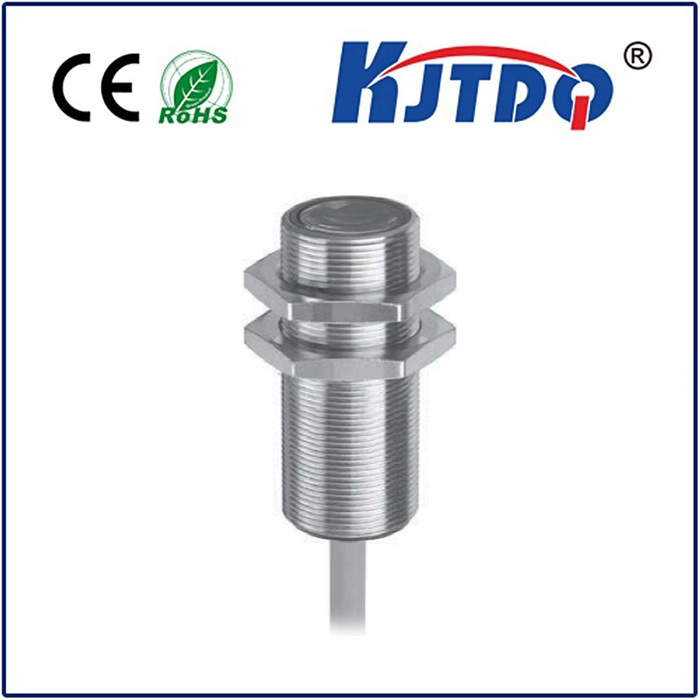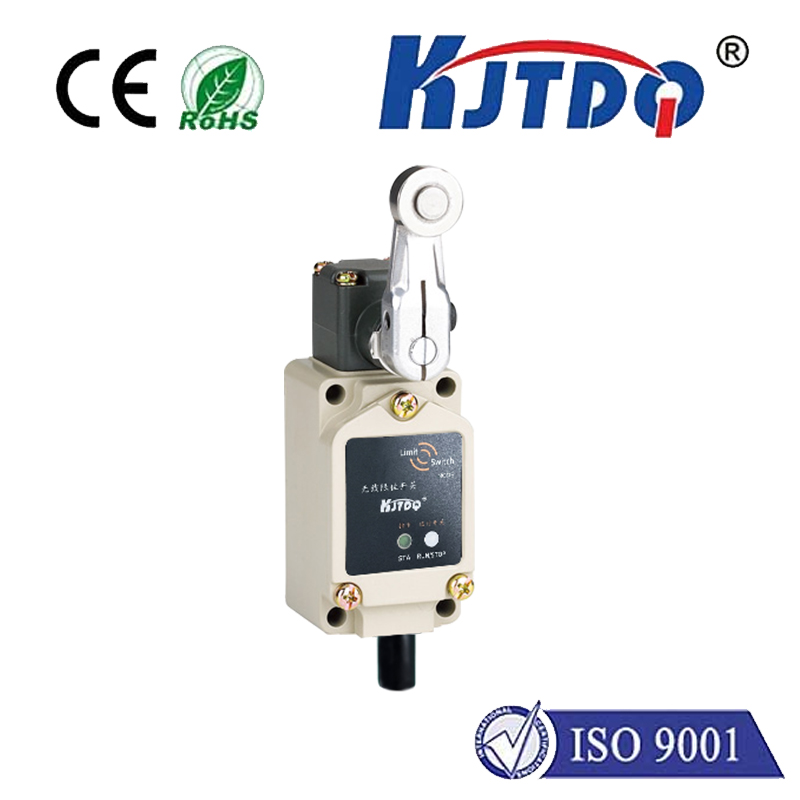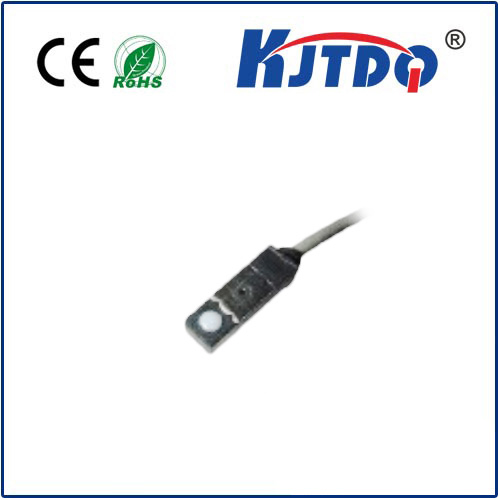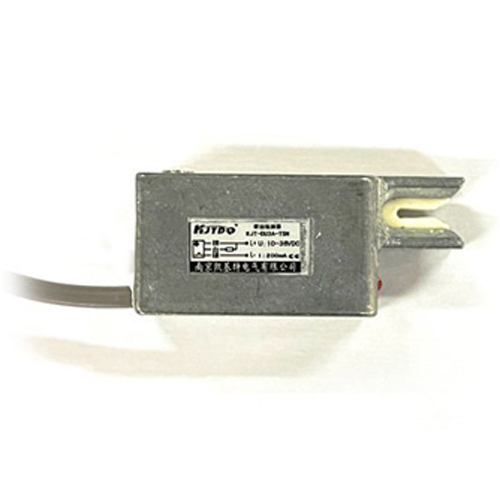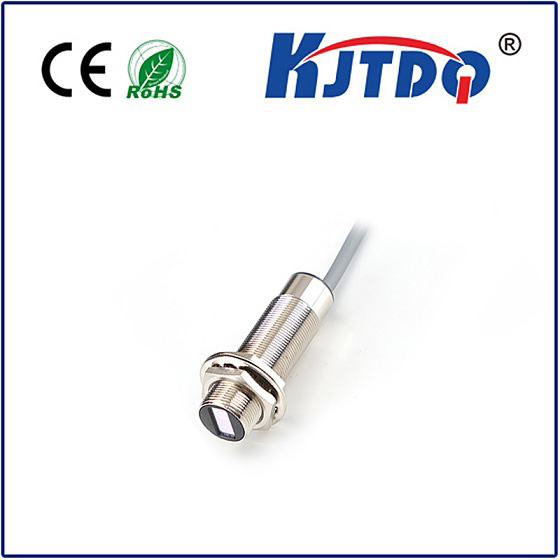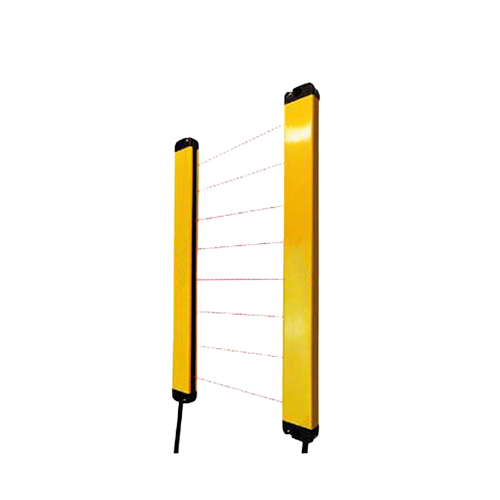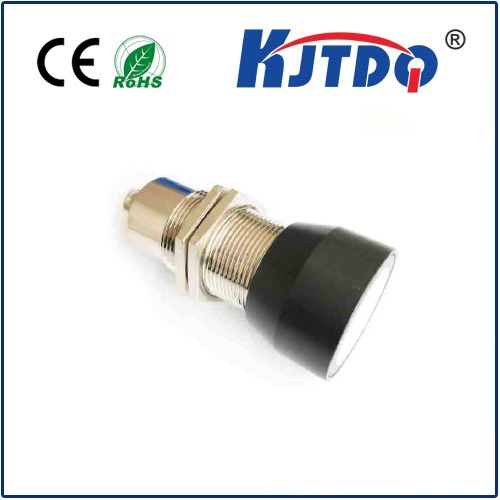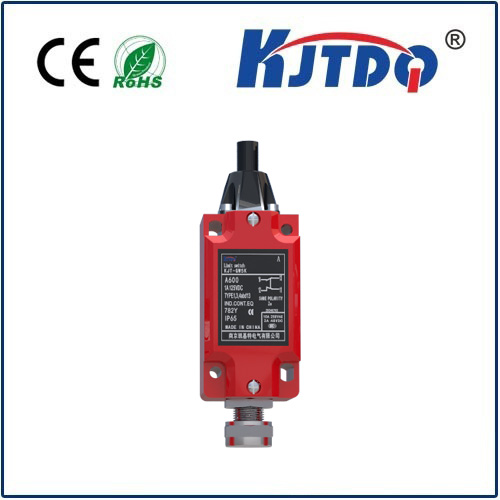sn04 n2 proximity sensor
- time:2025-06-28 02:18:02
- Click:0
Demystifying the SN04-N2: Your Go-To Inductive Proximity Sensor for Reliable Detection
Title: SN04-N2 Proximity Sensor: What It Is and Why It’s Essential for Industrial Automation
Have you ever marveled at the seamless operation of an automated assembly line, where components glide into place with uncanny precision? Or wondered how complex machinery reliably knows the position of parts without any physical contact? Often, the unsung hero enabling this silent, efficient communication is a workhorse component like the SN04-N2 proximity sensor. This compact, robust device is fundamental to countless industrial applications, providing reliable, non-contact detection of metal targets. If you’re involved in machinery design, maintenance, or automation, understanding this ubiquitous sensor is crucial. Let’s dive into what makes the SN04-N2 a cornerstone of modern industrial sensing.
Understanding the SN04-N2 Proximity Sensor: The Basics
At its core, the SN04-N2 is an inductive proximity sensor. This means it operates by generating an electromagnetic field via an internal oscillator coil. When a ferrous metal target (like steel or iron) or sometimes non-ferrous metals (depending on sensor design and material) enters this field, it disrupts the electromagnetic flux. This disruption causes a measurable change within the sensor’s internal circuitry – specifically, a change in eddy currents induced in the target. The sensor detects this change and triggers an electronic switch, typically changing its output state. This entire process happens without any physical contact, making these sensors incredibly reliable and durable in harsh environments where mechanical switches would rapidly wear out.

Key Features and Specifications (Typical)
While exact specifications can vary slightly by manufacturer, the SN04-N2 designation generally implies a standard set of characteristics:
- Operating Principle: Inductive (detects metal objects).
- Housing: Typically cylindrical threaded barrel (e.g., M12 x 1 or M18 x 1 threading is common, but SN04 often refers to a smaller form factor).
- Electrical Configuration: Usually operates on DC voltage (commonly 10-30V DC) and most frequently features a 3-wire connection.
- Output Type: Predominantly PNP (sourcing) output. This means the sensor provides a positive voltage (+V) to the load when active.
- Output Function: Almost exclusively Normally Open (NO). In its inactive state (no target detected), the output circuit is “open” (no connection to +V). When a target is detected within range, the output switches “closed,” connecting the load to +V.
- Sensing Distance: Rated nominal sensing range (Sn). For the “N2” suffix, this typically indicates a 2mm nominal sensing distance for standard mild steel (e.g., Fe360). Actual usable range might be slightly less for guaranteed operation under all conditions. Always check the specific datasheet.
- Output Current: Capable of switching moderate loads, often up to 200-300mA.
- Environmental Protection: Frequently rated IP67, making it resistant to dust ingress and capable of withstanding temporary immersion in water – essential for industrial settings.
- Construction: Usually features SHIELDED (flush-mountable) construction. This allows the sensor face to be mounted flush with metal brackets, offering protection and enabling installation in tight spaces. Shielded sensors have a slightly reduced effective sensing range compared to unshielded variants.
- Indicator LED: Commonly includes an LED status indicator (often visible on the rear or side of the housing) to show power and output state (on when target detected).
Why Choose the SN04-N2? Key Advantages
The widespread adoption of the SN04-N2 proximity sensor isn’t accidental. It offers compelling advantages:
- High Reliability & Long Life: No moving parts to wear out. Contactless operation ensures millions of switching cycles.
- Fast Response Time: Can detect targets and switch outputs incredibly quickly (microseconds), ideal for high-speed machinery.
- Resilience in Harsh Environments: Sealed design (IP67) protects against dust, oil, coolants, and vibration. Perfect for demanding factory floors.
- Simple Installation & Setup: Its standardized cylindrical threaded barrel design makes mechanical mounting straightforward via a locknut.
- Cost-Effectiveness: Offers a robust sensing solution at a highly competitive price point.
- Immunity to Surface Conditions: Detects targets reliably regardless of surface dirt, oil, or paint (as long as the coating isn’t excessively thick metal-based).
Widespread Applications: Where the SN04-N2 Shines
Thanks to its robustness and reliability, the SN04-N2 finds application in virtually every sector reliant on automation:
- Machine Tooling: Detecting tool positions (end of spindle), tool breakage, workpiece presence on lathes/mills.
- Material Handling: Monitoring position of pallets, carts, elevators; detecting jams on conveyors; verifying bin levels for metal parts.
- Packaging Machinery: Counting cans, bottles (metal caps), or metal components; verifying case/tray presence; controlling filling levels via metal flags.
- Automotive Assembly: Confirming part presence on fixtures (engines, transmissions); detecting cylinder positions; end-of-stroke detection on actuators.
- Robotics: End effector position feedback; detecting gripper closure on metal parts; safeguarding near metal structures.
- General Manufacturing: Position sensing on linear actuators; rotary shaft speed monitoring (using metal targets); verifying door/hatch closure (metal frames); detecting metal slugs or parts on feeders.
Installation Considerations and Best Practices
While simple, optimal performance hinges on correct installation:
- Mounting: Ensure the sensor is securely fastened using the locknut. For shielded sensors, mounting flush with metal is acceptable and recommended for protection.
- Orientation: Avoid mounting multiple sensors too close to each other (< 2x sensor diameter typically) to prevent mutual interference. Maintain adequate clearance from surrounding metal structures per datasheet recommendations.
- Target Material & Size: Remember, sensing distance is specified for mild steel. Different metals have correction factors: stainless steel (approx. 0.7-0.9x Sn), brass (approx. 0.4-0.5x Sn), aluminum (approx. 0.3-0.4x Sn). The target should be large enough to fully cover the sensor’s active face at the sensing point. A standard target is typically considered at least equal to the sensor’s face diameter or 3x Sn, whichever is larger.
- Wiring: Strictly follow the manufacturer’s wiring diagram. For a typical SN04-N2 (3-Wire DC PNP NO):
- Brown (or Red) wire: Connect to +Voltage (e.g., +24V DC)
- Blue (or Black) wire: Connect to 0V (Common / Ground)
- Black (or White/Blue) wire: The switched PNP output. Connect to your PLC input or load. The load’s other side connects to 0V.
- Electrical Protection: While robust, consider adding transient protection (like a flyback diode for inductive loads) if switching solenoids, relays






